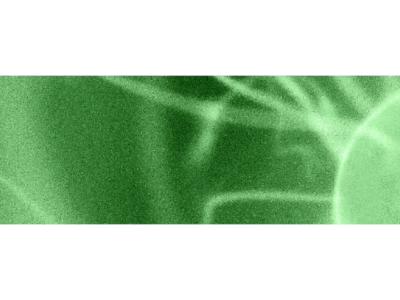Atomic structure and particle model
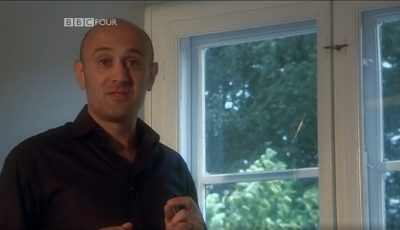
Heisenberg's Uncertainty Principle | Atom
Heisenberg's Uncertainty Principle | Atom
Jim Al-Khalili explains Heisenberg's famous Uncertainty Principle that explains why an atom can't be visualised.
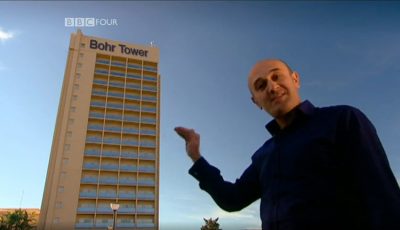
Introduction to Electronic Structure and Chemical Properties | Atom
Introduction to Electronic Structure and Chemical Properties | Atom
Spec references J248: C2.2h J250: C2.2h. Professor Jim Al-Khalili explains how chemical properties are de...
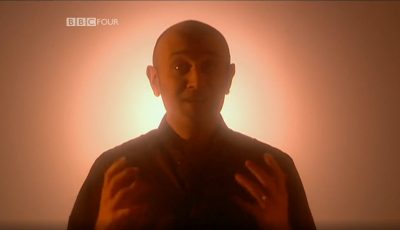
Nuclear fusion | Atom
Nuclear fusion | Atom
Sunlight is created by nuclear fusion in the Sun when two protons are fused together.
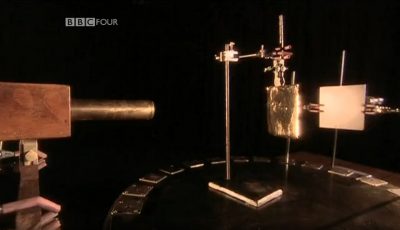
How Rutherford Discovered the Nucleus | Atom
How Rutherford Discovered the Nucleus | Atom
Spec references J248: C1.2a J250: C1.2a. Detailed desciption of how Rutherford's alpha particle scattering experiment was develo...
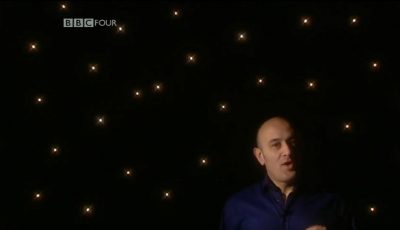
The big bang and the creation of hydrogen and helium | Atom
The big bang and the creation of hydrogen and helium | Atom
George Gamow believed that helium existed in the universe before the sun and the stars were formed.
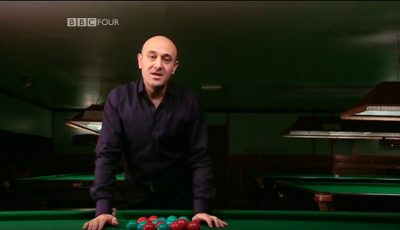
Discovery of the Neutron | Atom
Discovery of the Neutron | Atom
Spec references J248: C1.2d, C1.2e J250: C1.2d, C1.2e. Professor Jim Al-Khalili explains how James Chadwick discovered the neutron. This solv...
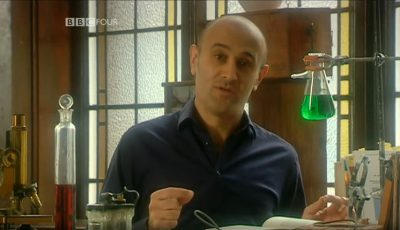
The discovery of nuclear fission | Atom
The discovery of nuclear fission | Atom
Scientists in the 1930's toyed with neutrons colliding with nucleai and were excited at the thought that such experiments could creat...

The furnaces in which everything was made | Atom
The furnaces in which everything was made | Atom
Fred Hoyle worked out how the heaviest elements were created through nuclear fusion.

The quantum jump | Atom
The quantum jump | Atom
Jim Al-Khalili attempts to explain one of the most difficult scientific concepts, but one that underpins everything.

The strong nuclear force | Atom
The strong nuclear force | Atom
Like a magnet, protons will repel each other, however, as soon as they are close enough they will stick together.
Electricity and electromagnetism
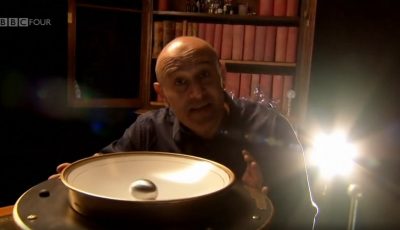
Alternating current | Shock and Awe: The Story of Electricity
Alternating current | Shock and Awe: The Story of Electricity
Nikola Tesla invented alternating current (AC) which allowed no electrical power to be lost when passing throug...
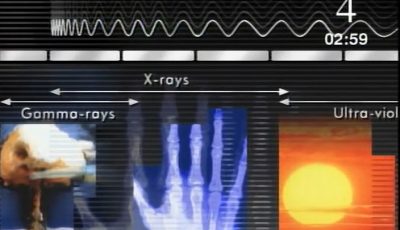
The electromagnetic spectrum | Short Circuit
The electromagnetic spectrum | Short Circuit
Spec references J249: P5.2a, P5.2c, P5.2d, P5.2f, P5.2g J250: P4.2a, P4.2c, P4.2d, P4.2f, P4.2g. All electromagnetic waves are t...
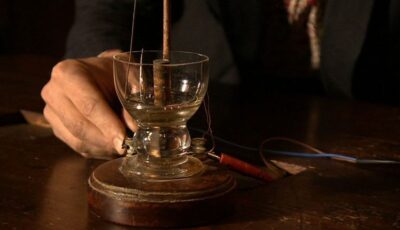
The invention of the electricity generator | The Genius of Invention
The invention of the electricity generator | The Genius of Invention
Mark Miodownik explores the scientific achievements of Michael Faraday. He linked ideas of motion and ma...

How Nikola Tesla electrified his Victorian peers | Victorian Sensations
How Nikola Tesla electrified his Victorian peers | Victorian Sensations
Hannah Fry describes the first moment Nikola Tesla demonstrated the power of electricity.
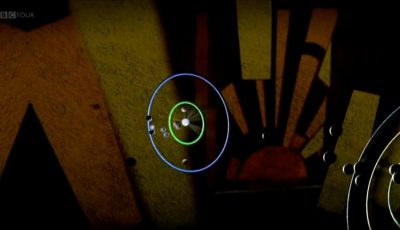
Crystal Junctions | Shock and Awe: The Story of Electricity
Crystal Junctions | Shock and Awe: The Story of Electricity
Jim Al-Khalili explores the race between scientists to create a reliable way to amplify electrical signals, and i...
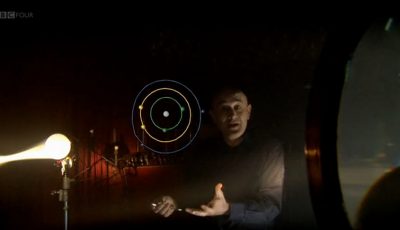
Electricity and the Atomic scale | Shock and Awe: The Story of Electricity
Electricity and the Atomic scale | Shock and Awe: The Story of Electricity
Jim Al-Khalili explores how Ernest Rutherford's work on the atom revealed what electricity was on ...
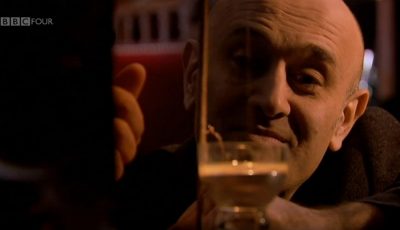
Electricity, Magnetism, Motion | Shock and Awe: The Story of Electricity
Electricity, Magnetism, Motion | Shock and Awe: The Story of Electricity
Hans Christian Ørsted discovered that an electric current creates a magnetic field.
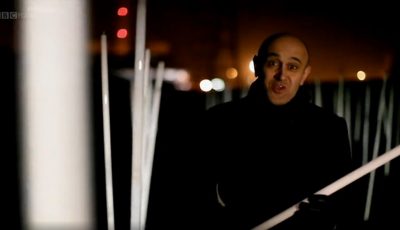
Electromagnetic waves | Shock and Awe: The Story of Electricity
Electromagnetic waves | Shock and Awe: The Story of Electricity
Jim Al-Khalili explains Michael Faraday's theory that any electrical charge can create a forcefield surroundi...

Electromagnets and telegraphs | Shock and Awe: The Story of Electricity
Electromagnets and telegraphs | Shock and Awe: The Story of Electricity
Jim Al-Khalili explains how an electromagnet works and how it paved the way for the birth of the tele...

Insulators and Conductors | Shock and Awe: The Story of Electricity
Insulators and Conductors | Shock and Awe: The Story of Electricity
Stephen Gray, a silk dyer, was used to seeing sparks leap from the silk so he began experiments conductin...

Leyden Jar | Shock and Awe: The Story of Electricity
Leyden Jar | Shock and Awe: The Story of Electricity
A Leyden jar is a device for storing static electricity, discovered accidentally in Leiden, Netherlands.
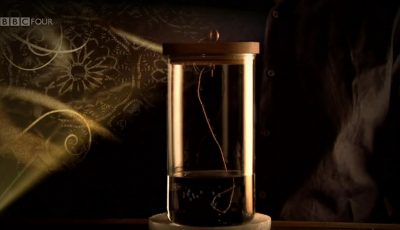
Positive and negative charges | Shock and Awe: The Story of Electricity
Positive and negative charges | Shock and Awe: The Story of Electricity
Benjamin Franklin discovered that electricity could be like money in a bank, it could be in credit (p...
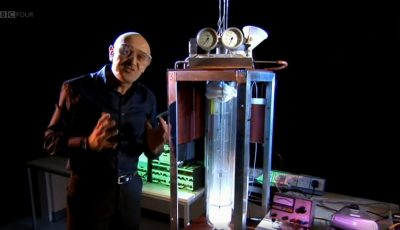
Resistance | Shock and Awe: The Story of Electricity
Resistance | Shock and Awe: The Story of Electricity
Jim Al-Khalili explains how, as we made microchips smaller, the electrical feature of resistance was becoming more probl...
Semiconductors | Shock and Awe: The Story of Electricity
Semiconductors | Shock and Awe: The Story of Electricity
Jim Al-Khalili explores how JC Bose and his wave detector made use of crystals to conduct electricity.
Semiconductors and WWII | Shock and Awe: The Story of Electricity
Semiconductors and WWII | Shock and Awe: The Story of Electricity
Jim Al-Khalili explains the importance of semiconductors, particularly with regard to fighting WWII.
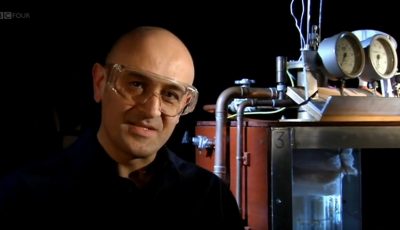
Superconductors | Shock and Awe: The Story of Electricity
Superconductors | Shock and Awe: The Story of Electricity
Jim Al-Khalili looks at how, in 1986, IBM researchers discovered a breakthrough regarding superconductivity in cera...
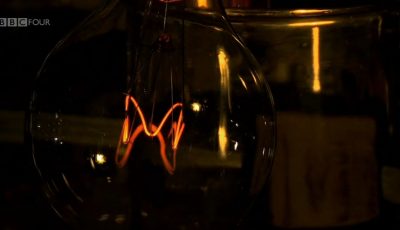
The first light bulbs | Shock and Awe: The Story of Electricity
The first light bulbs | Shock and Awe: The Story of Electricity
Jim Al-Khalili explores the history of Thomas Edison's first incandescent light bulb.
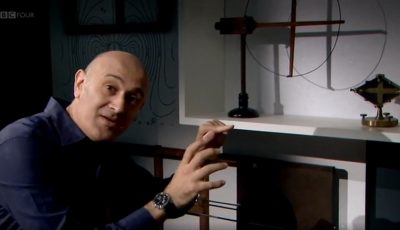
The race to prove Maxwell's theory | Shock and Awe: The Story of Electricity
The race to prove Maxwell's theory | Shock and Awe: The Story of Electricity
Jim Al-Khalili explains how physics professor Oliver Lodge proved Maxwell's theory that electrom...
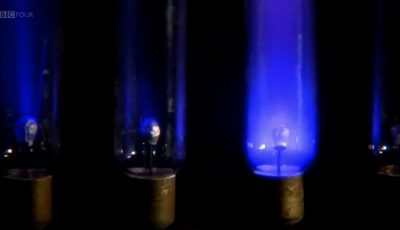
Valves | Shock and Awe: The Story of Electricity
Valves | Shock and Awe: The Story of Electricity
Jim Al-Khalili explains how William Crooks experimented with sending electrical currents through a vacuum.

Voltaic Pile | Shock and Awe: The Story of Electricity
Voltaic Pile | Shock and Awe: The Story of Electricity
Invented by Italian chemist Alessandro Volta in 1799, the voltaic pile was the first electrical battery that could con...
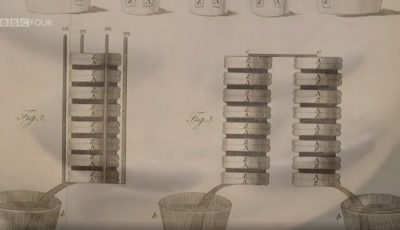
What is electricity | Shock and Awe: The Story of Electricity
What is electricity | Shock and Awe: The Story of Electricity
An electric current is essentially the flow of electrons (which are electrically charged) from one atom to anot...
Energy
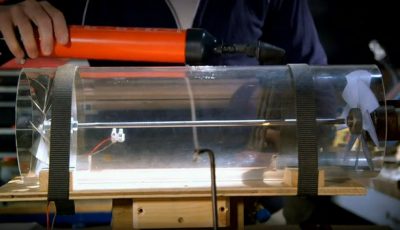
Gas turbine technology | Bang Goes the Theory
Gas turbine technology | Bang Goes the Theory
A demonstration of how gas turbine technology works.
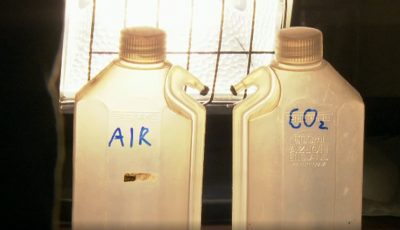
Greenhouse effect | Making Scotland's Landscape
Greenhouse effect | Making Scotland's Landscape
An experiment that demonstrates the greenhouse effect.
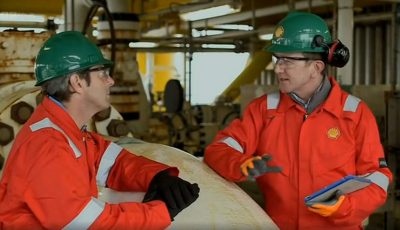
Carbon capture and storage | Planet Oil: The Treasure That Conquered the World
Carbon capture and storage | Planet Oil: The Treasure That Conquered the World
Professor Iain Stewart investigates CCS, a process that is attempting to reduce carbon dioxide...
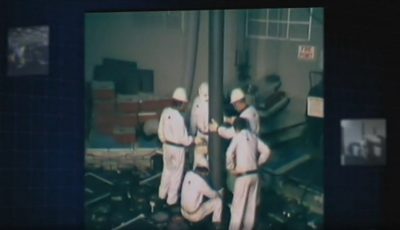
Britain's relationship with nuclear energy | Powering Britain
Britain's relationship with nuclear energy | Powering Britain
The history of Britain's relationship with nuclear energy.

Carbon footprint of a loaf of bread | Royal Institution Christmas Lectures
Carbon footprint of a loaf of bread | Royal Institution Christmas Lectures
Dr Tara Shine discusses the carbon emissions from the process of baking a loaf of bread.
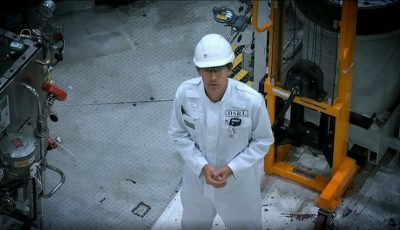
Radioactive waste | Bang Goes the Theory
Radioactive waste | Bang Goes the Theory
Dallas investigates the clean up operation for radioactive waste.
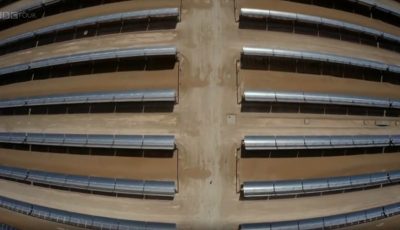
Sustainable cities | Planet Oil: The Treasure That Conquered the World
Sustainable cities | Planet Oil: The Treasure That Conquered the World
Professor Iain Stewart visits Masdar in Abu Dhabi, a city that relies on renewable energy.

Electricity and the National Grid | Powering Britain
Electricity and the National Grid | Powering Britain
How the National Grid is able to regulate electricity throughout Britain.
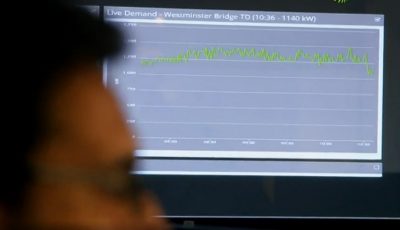
Reducing demand on the grid | Bang Goes the Theory
Reducing demand on the grid | Bang Goes the Theory
A company that aims to reduce the demand on the grid at key moments in the day,
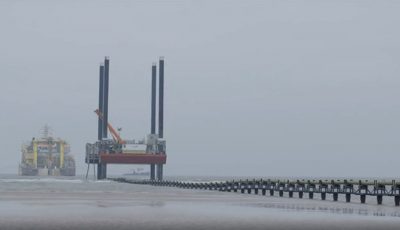
Energy transportation | Powering Britain
Energy transportation | Powering Britain
How energy made by the wind turbines is transported to our homes.
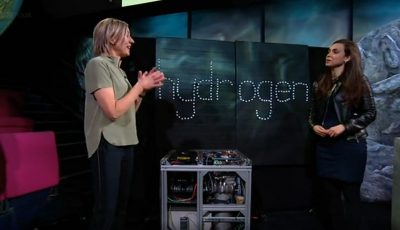
Storing renewable energy | Royal Institution Christmas Lectures
Storing renewable energy | Royal Institution Christmas Lectures
Dr Tara Shine and Dr Enass Abo-Hamed explain how we can store renewable energy.
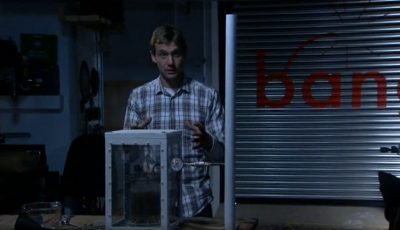
What went wrong at Fukushima? | Bang Goes the Theory
What went wrong at Fukushima? | Bang Goes the Theory
Jem explains what caused the Fukushima nuclear disaster.
Radioactivity
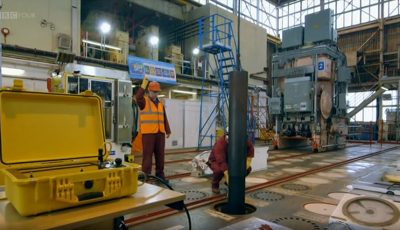
Prof Jim Al Khalili goes inside Calder Hall for his first look inside the core of a nuclear reactor | Britain's Nuclear Secrets: Inside Sellafield
Prof Jim Al Khalili goes inside Calder Hall for his first look inside the core of a nuclear reactor | Britain's Nuclear Secrets: Inside Sellafield
Nuclear physicist Professo...
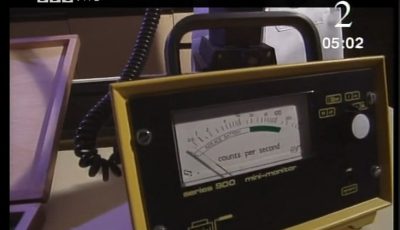
The properties of different types of radiation | Short Circuit
The properties of different types of radiation | Short Circuit
An explanation of how a radiation detector picks up different types of radiation.

Types of nuclear radiation | Short Circuit
Types of nuclear radiation | Short Circuit
An explanation of alpha, beta and gamma radiation.

The ultraviolet catastrophe and black-body radiation | The Secrets of Quantum Physics
The ultraviolet catastrophe and black-body radiation | The Secrets of Quantum Physics
Max Planck was interested in why light changed colour as it got hotter, so built a blac...

Radioactive particle clean up mission | Bang Goes the Theory
Radioactive particle clean up mission | Bang Goes the Theory
Following a leak of thousands of radioactive particles in the 60's, a team at Dounreay are attempting to find an...

Radioactive waste | Bang Goes the Theory
Radioactive waste | Bang Goes the Theory
Dallas investigates the clean up operation for radioactive waste.

Chernobyl disaster | Inside Chernobyl's Mega Tomb
Chernobyl disaster | Inside Chernobyl's Mega Tomb
Introduction to the 1986 Chernobyl disaster and the temporary construction that was built to contain the radiation.

Radiation risk | Powering Britain
Radiation risk | Powering Britain
Precautions put in place by Heysham nuclear power station to reduce the risk of radiation.
Waves

The electromagnetic spectrum | Short Circuit
The electromagnetic spectrum | Short Circuit
Spec references J249: P5.2a, P5.2c, P5.2d, P5.2f, P5.2g J250: P4.2a, P4.2c, P4.2d, P4.2f, P4.2g. All electromagnetic waves are t...
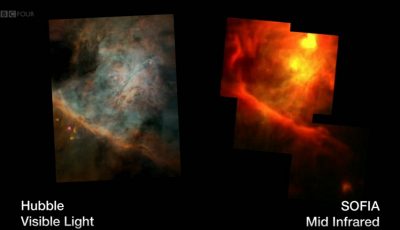
What is the Infrared? | The Sky at Night
What is the Infrared? | The Sky at Night
The infrared are the wavelengths of light beyond the red, an essential extension of the optical spectrum.

Refraction & Total internal reflection | Short Circuit
Refraction & Total internal reflection | Short Circuit
An explanation of refraction and reflection.
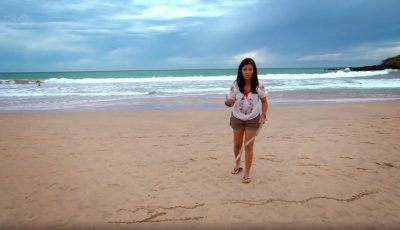
How tsunami waves differ from normal waves | Bang Goes the Theory
How tsunami waves differ from normal waves | Bang Goes the Theory
An explanation of the differences between tsunamis and other waves.
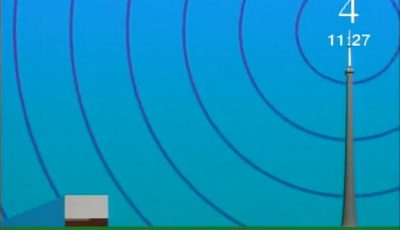
The importance of diffraction | Short Circuit
The importance of diffraction | Short Circuit
An explanation of diffraction and the factors that affect it.

Seismic waves | Volcano Live
Seismic waves | Volcano Live
Demonstration of the two types of seismic wave in an onland earthquake - primary and secondary.
Space physics
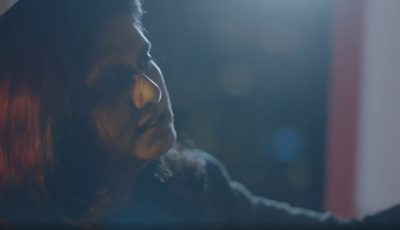
Black hole | Horizon
Black hole | Horizon
An explanation of what a black hole is and the mystery surrounding their existence.
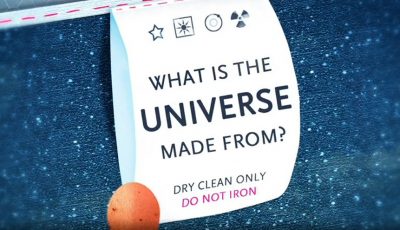
An introduction to Dark Energy and Dark Matter | James May's Things You Need to Know
An introduction to Dark Energy and Dark Matter | James May's Things You Need to Know
James May explains what elements our universe is made up of.
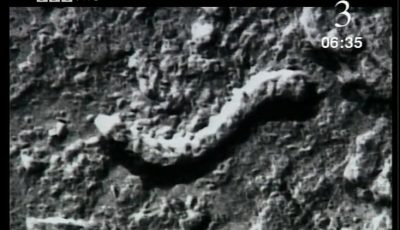
The chances of alien life within the Solar System | Short Circuit
The chances of alien life within the Solar System | Short Circuit
An explanation of what variables are needed for life on other planets and why looking at life under the oce...
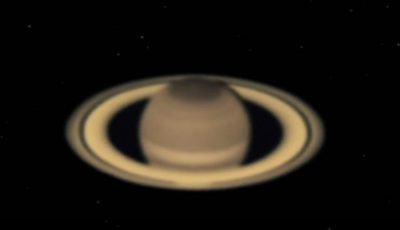
An introduction to the planets in the Solar System | The Planets
An introduction to the planets in the Solar System | The Planets
A short explanation of the planets and their order away from the Sun.
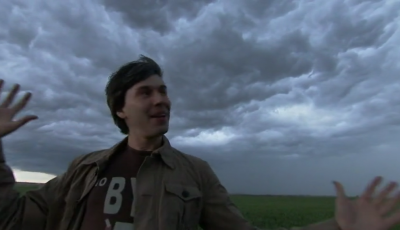
A chaotic beginning | Wonders of the Solar System
A chaotic beginning | Wonders of the Solar System
The chaotic birth of the solar system is incomparable to the relatively stable system that we see today.
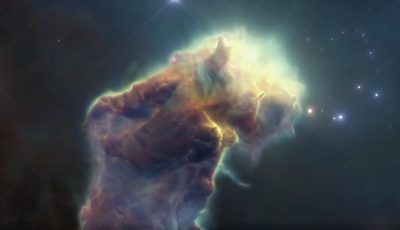
How stars are made | Horizon
How stars are made | Horizon
The remarkable story of how Hubble revealed the awe and wonder of our universe and how a team of daring astronauts risked their lives to keep it...
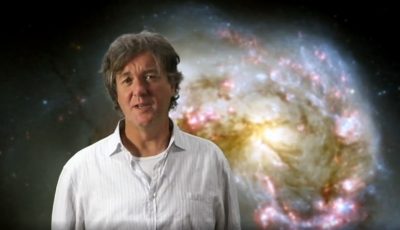
Evidence of the Big Bang | James May's Things You Need to Know
Evidence of the Big Bang | James May's Things You Need to Know
James May explores the clues left in outer space that are proof of the Big Bang's occurrence.
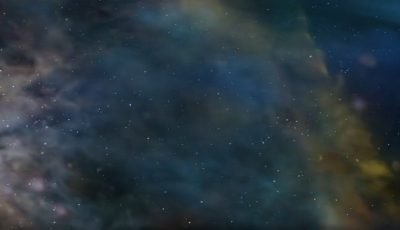
Billions of Galaxies Out There | The Planets
Billions of Galaxies Out There | The Planets
Exploring the fate of our solar system and the new planetary systems that are being found around nearby stars.
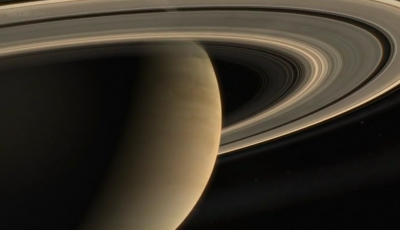
The centre of our solar system | Wonders of the Solar System
The centre of our solar system | Wonders of the Solar System
Professor Brian Cox describes each planet's perspective of the star at the centre of our solar system.
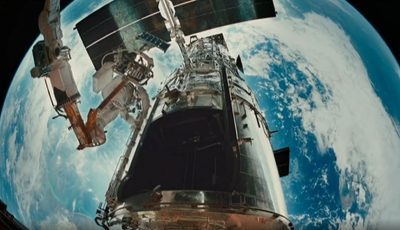
Introduction to the Hubble Telescope | Horizon
Introduction to the Hubble Telescope | Horizon
An introduction of the Hubble telescope, launched in 1990 but concieved in the 1940s.
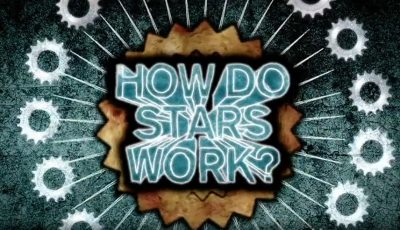
How the sun creates energy | James May's Things You Need to Know
How the sun creates energy | James May's Things You Need to Know
James May explains how stars work and the difference between fission and fusion.
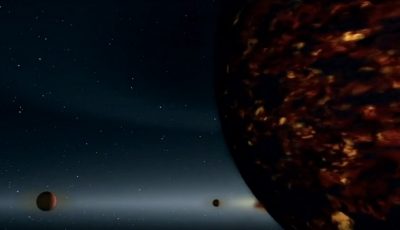
Proof of the accretion theory | The Planets
Proof of the accretion theory | The Planets
Accretion is the accumulation of particles into a massive object by gravitationally attracting more matter.
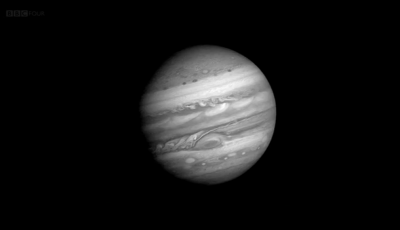
The influence of Jupiter | Wonders of the Solar System
The influence of Jupiter | Wonders of the Solar System
Jupiter's gravitational influence extends across the Solar System, by not only collecting up objects but also pushing ...
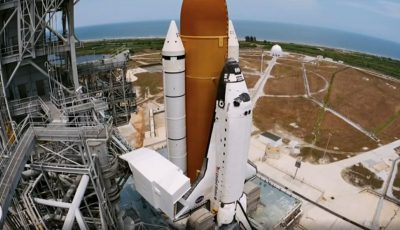
Journey to Hubble | Horizon
Journey to Hubble | Horizon
Astronauts describe the journey travelling from Earth to the Hubble telescope.

The death of a star | James May's Things You Need to Know
The death of a star | James May's Things You Need to Know
James May explains how as a star dies, it gets brighter, hotter and smaller.

The formation of planets | The Planets
The formation of planets | The Planets
An explanation of astronomer Viktor Safronov's low-mass-nebula model of planet formation.
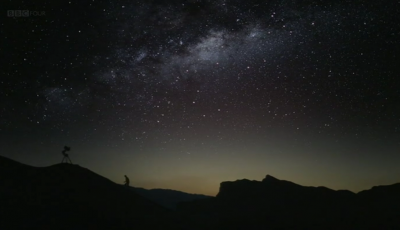
The life cycle of the sun | Wonders of the Solar System
The life cycle of the sun | Wonders of the Solar System
An exploration of each stage of our sun's lifecycle, from clumps of hydrogen and dust to being the most powerful forc...
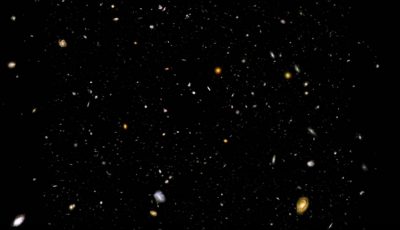
The Hubble Deep Field | Horizon
The Hubble Deep Field | Horizon
'Deep Field'' is an image the Hubble telescope took that encapsulates the most definitive image of our visible universe to date.

The formation of our Solar System | James May's Things You Need to Know
The formation of our Solar System | James May's Things You Need to Know
James May explains how our solar system began as a solar nebula, a formation of clouds and dust.

The formation of the moon | The Planets
The formation of the moon | The Planets
The moon was born from a large mass colliding with the early formation of Earth.

The retrograde motion of Mars | Wonders of the Solar System
The retrograde motion of Mars | Wonders of the Solar System
This explanation of the retrograde motion of Mars through the Earth's skies proves beyond doubt the sun's positio...

The Hubble Telescope | Horizon
The Hubble Telescope | Horizon
The Hubble telescope has provided some of the most incredible and startling images of the cosmos.

The suns empire | Wonders of the Solar System
The suns empire | Wonders of the Solar System
Professor Brian Cox explains the immense power of the Sun, and the extent of its gravitational influence.
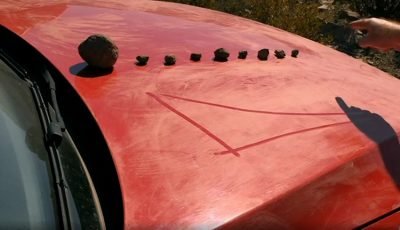
Bob Nichol Explains Dark Matter | Horizon
Bob Nichol Explains Dark Matter | Horizon
A look at dark matter and dark energy ahead of the Large Hadron Collider being switched on in March 2015, having been upgraded.

Evidence of the Big Bang | Wonders of the Universe
Evidence of the Big Bang | Wonders of the Universe
Brian Cox simply explains how light and colour are crucial evidence for the Big Bang.

